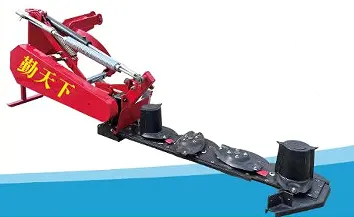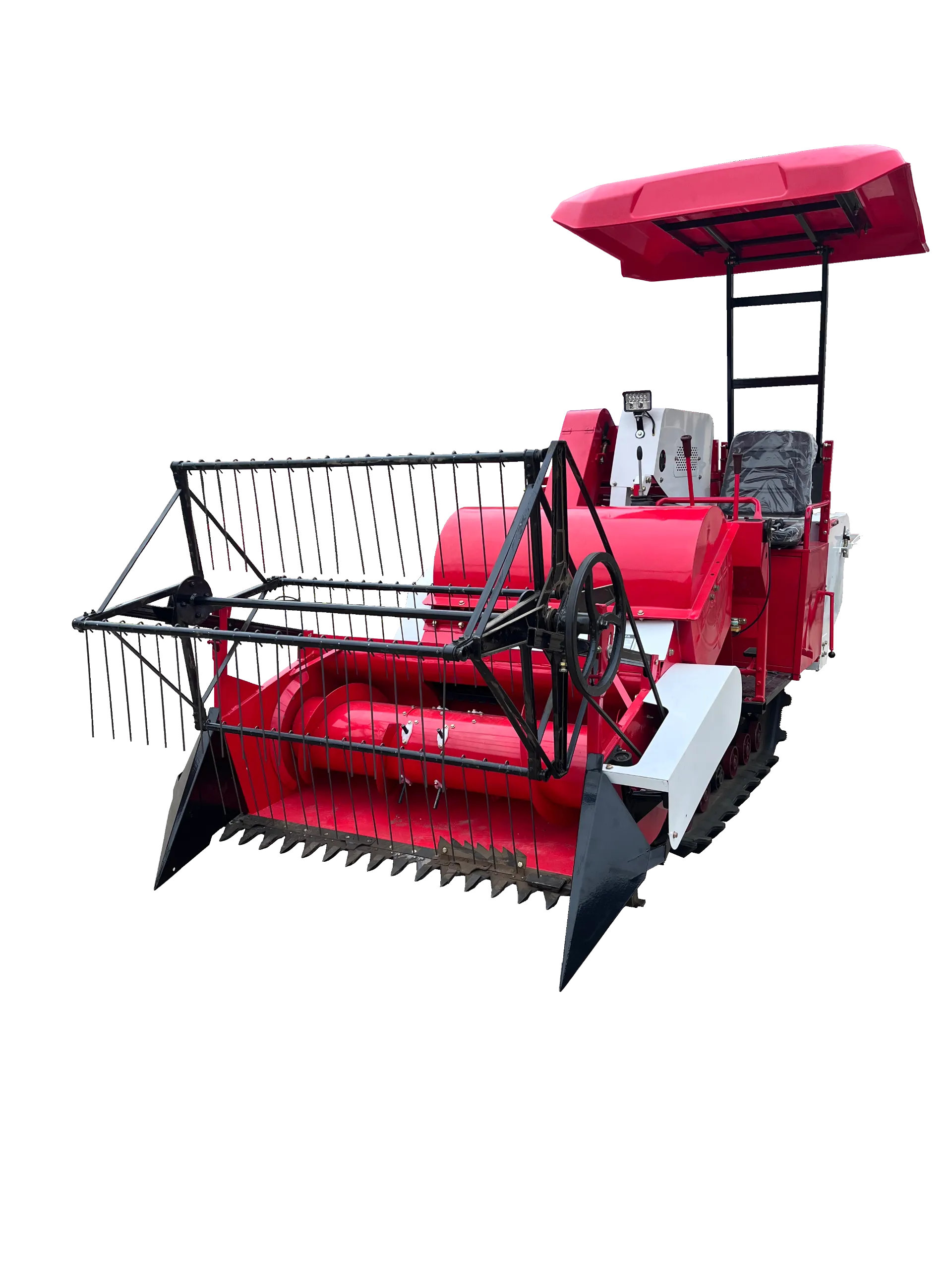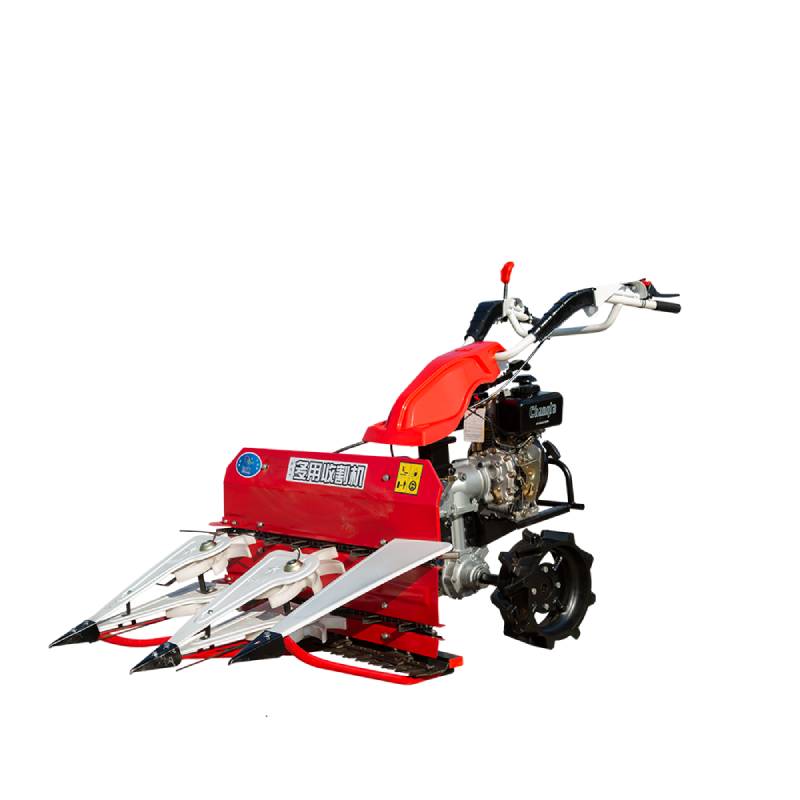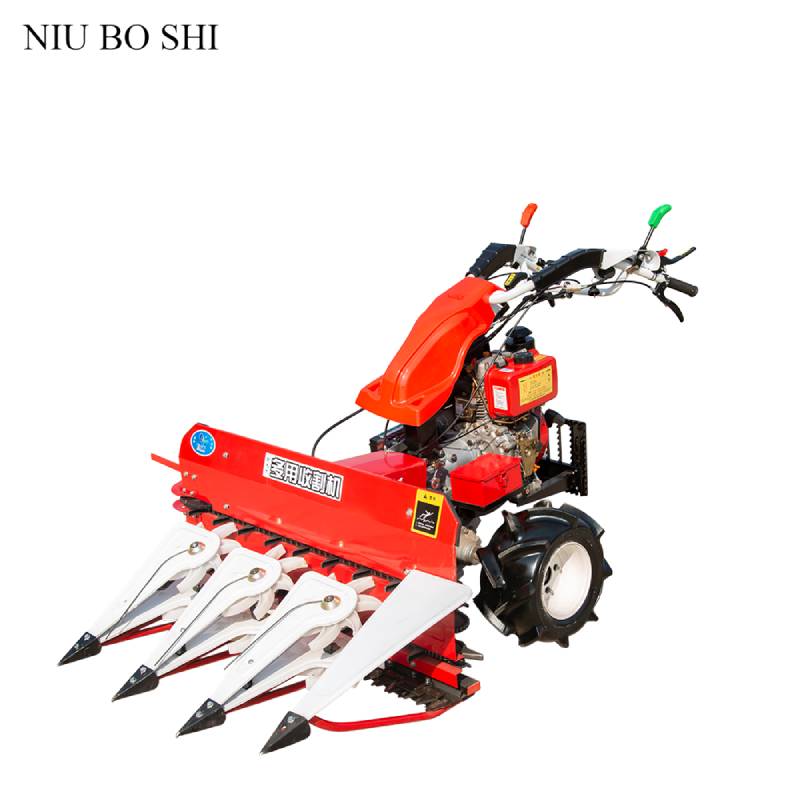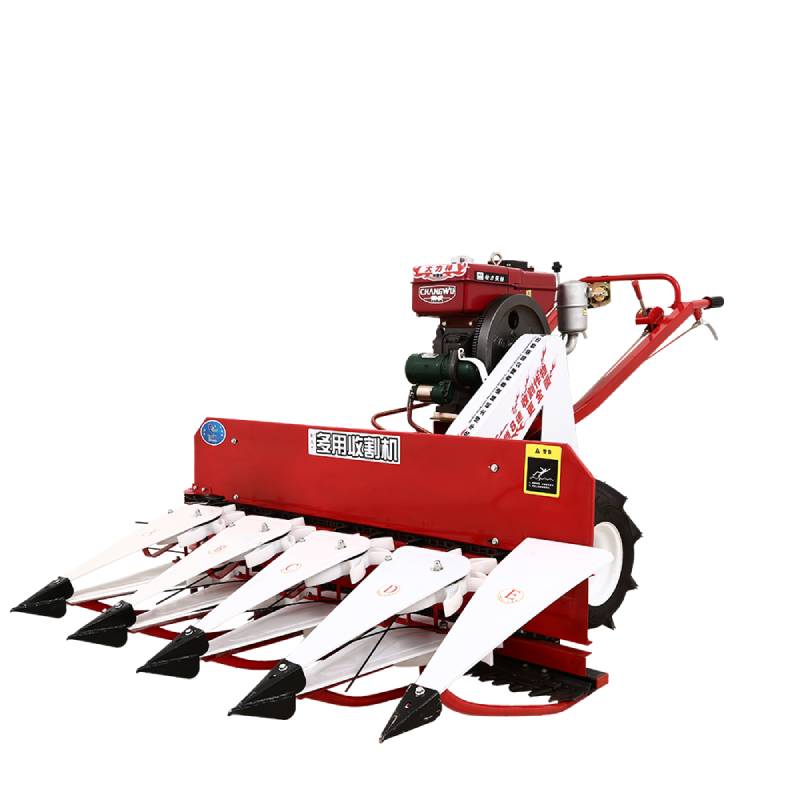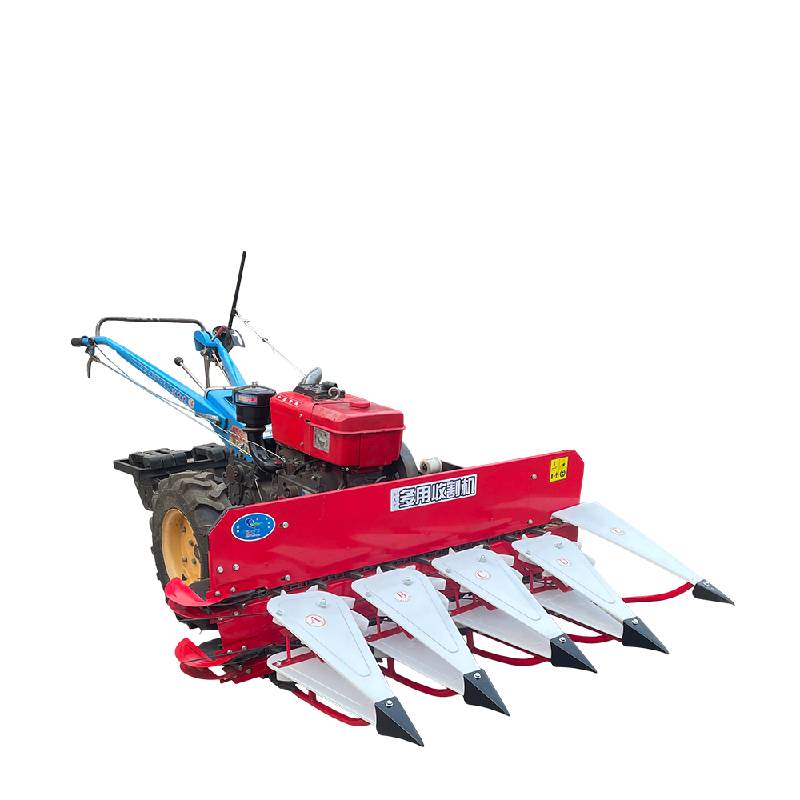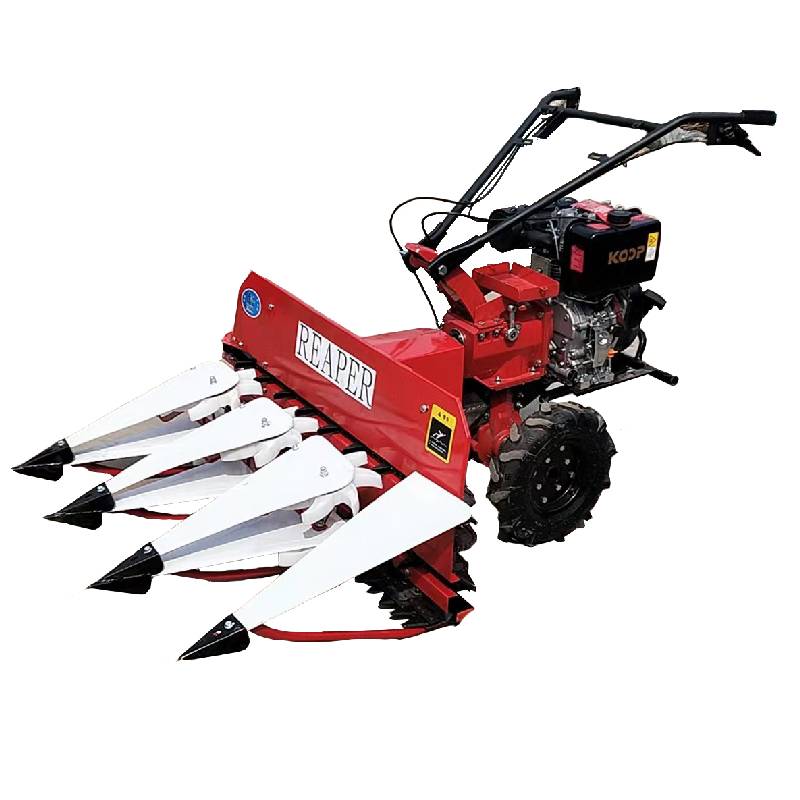
Efficient Reaper Machine: Farm & Hand Rice Harvesters
The Evolution and Impact of Reaper Machine Technology in Modern Agriculture
In the dynamic landscape of modern agriculture, the reaper machine stands as a cornerstone technology, revolutionizing harvesting processes across diverse crop types. From traditional manual methods to sophisticated automated systems, the evolution of reaper technology has significantly enhanced efficiency, reduced labor costs, and improved yield recovery. This crucial piece of farm machinery, encompassing everything from compact hand reaper machine models to expansive farm reaper machine solutions, addresses the critical need for timely and effective crop collection. Understanding its intricacies, from design principles to operational advantages, is paramount for stakeholders aiming to optimize their agricultural output and secure a competitive edge in global food production.
The demand for robust and high-performance harvesting solutions continues to grow, driven by global population increases and the imperative for sustainable farming practices. Innovations in material science, precision engineering, and automation are continually pushing the boundaries of what these machines can achieve. For instance, the specialized rice reaper machine has been specifically engineered to handle the unique challenges of rice harvesting, ensuring minimal grain loss and optimal operational speed in often challenging paddy field conditions. This continuous improvement underscores the agricultural sector's commitment to adopting advanced machinery to meet escalating production demands.
Manufacturing Excellence: The Reaper Machine Production Journey
The production of a high-quality reaper machine, such as the Trailbreaker reaper, involves a meticulously structured manufacturing process designed to ensure durability, performance, and reliability. This journey begins with the selection of premium-grade materials, primarily high-strength carbon steel alloys (e.g., Q235, Q345) for structural components, wear-resistant steel for cutting blades, and specialized polymers for non-metallic parts exposed to friction or impact. These materials are chosen for their optimal balance of tensile strength, fatigue resistance, and corrosion protection, critical for equipment operating in demanding agricultural environments.
Manufacturing processes are highly automated and precise. Key stages include:
- Precision Laser Cutting & Stamping: Raw steel sheets are cut to exact specifications using advanced laser cutting technology, ensuring intricate shapes and minimal material waste. Components like chassis parts, gear housings, and frame members are formed through high-pressure stamping.
- Robotic Welding: Components are joined using robotic welding systems, guaranteeing consistent weld quality, strength, and structural integrity. This process minimizes human error and significantly enhances the longevity of the reaper machine.
- CNC Machining: Critical components, including gears, shafts, and bearing housings, undergo Computer Numerical Control (CNC) machining. This ensures extreme precision, tight tolerances, and superior surface finishes, which are vital for smooth operation and reduced wear over time.
- Surface Treatment & Coating: Parts are subjected to various surface treatments, such as sandblasting, phosphating, and electrostatic powder coating. This provides superior corrosion resistance, UV protection, and an aesthetically pleasing finish, extending the equipment's lifespan and maintaining its appearance despite harsh weather conditions.
- Assembly & Quality Control: All sub-assemblies are meticulously put together, followed by comprehensive quality control checks at every stage. Products are tested against stringent international standards, including ISO 9001 for quality management and relevant ANSI/ASABE standards for agricultural machinery safety and performance. Typical lifespan for a well-maintained Trailbreaker reaper is expected to exceed 5,000 operational hours.
The robust design and manufacturing process yield significant advantages for diverse agricultural applications. In grain harvesting, the precision of the cutting bar minimizes stalk damage and grain loss, leading to higher yields. For forage harvesting, the efficient processing mechanism ensures optimal feed quality. The thoughtful design also prioritizes fuel efficiency through optimized engine and transmission systems, reducing operational costs, which directly impacts the reaper machine cost over its lifetime. Furthermore, the use of corrosion-resistant materials and coatings ensures longevity even when exposed to moisture, pesticides, and fertilizers.

Technical Specifications and Performance Benchmarks
Selecting the right reaper machine requires a detailed understanding of its technical parameters, which directly influence its performance and suitability for specific farming operations. The Trailbreaker reaper, for example, is engineered to offer a balance of power, efficiency, and adaptability for various crops like wheat, rice, soybeans, and other small grains. Below is a detailed table outlining key specifications that define its operational capabilities and contribute to its competitive reaper machine cost-to-performance ratio.
| Parameter | Specification | Unit/Description |
|---|---|---|
| Engine Type | Single-cylinder, 4-stroke, Air-cooled Diesel | Engine power and type |
| Rated Power Output | 6.0 - 9.0 kW (8 - 12 HP) | Depending on model variant |
| Working Width (Cutting Bar) | 1000 - 1500 mm | Adjustable for crop density |
| Harvesting Capacity | 0.3 - 0.6 hectares/hour | Dependent on crop and field conditions |
| Fuel Consumption | ≤ 0.8 L/hour | Optimized for efficiency |
| Cutting Height Range | 50 - 500 mm | Adjustable for various crop heights |
| Weight (approx.) | 150 - 250 kg | Influences maneuverability |
| Transmission | Gear Drive with multiple speeds | Ensures optimal power delivery |
The robust design of the Trailbreaker reaper also ensures it maintains high performance even under challenging field conditions, common in regions requiring a dedicated rice reaper machine. Its low center of gravity and optimized weight distribution contribute to excellent stability, while the intuitive controls enhance operational ease for the user. These technical advantages translate directly into increased productivity and reduced operator fatigue, making it a valuable asset for both small-scale farmers utilizing a hand reaper machine for smaller plots and larger agricultural enterprises seeking a more extensive farm reaper machine solution.
Application Scenarios and Case Studies
The versatility of the reaper machine makes it indispensable across a spectrum of agricultural operations, from cereal harvesting to specialized crop collection. Its primary application lies in the mechanized harvesting of various standing crops, including wheat, rice, barley, oats, and forage grasses. The machine operates by cutting the crop stalks close to the ground using a reciprocating cutting bar, then gathering them into neat windrows for subsequent collection or baling. This process significantly speeds up harvest times compared to manual methods, crucial for preventing crop spoilage due to adverse weather or delayed harvesting.
Case Study: Smallholder Rice Farms in Southeast Asia
A common challenge for smallholder farmers in Southeast Asia is the labor-intensive and time-consuming nature of rice harvesting. Manual harvesting of a 1-hectare rice paddy can take a team of 10-15 laborers several days. By introducing a rice reaper machine like the Trailbreaker reaper, farmers have reported reducing harvest time for the same area to less than half a day with just one operator. This dramatic efficiency gain not only reduces labor costs, impacting the overall reaper machine cost benefit analysis, but also allows for timely planting of the next crop cycle, potentially increasing annual yields. The machine's ability to operate in muddy conditions, often prevalent in rice paddies, has been particularly lauded by users.
Customer Feedback: Wheat Harvest in North America
"We integrated two Trailbreaker reapers into our wheat harvesting operations for smaller, irregularly shaped fields where our large combines struggled. The maneuverability and precision of these machines were exceptional," states John D., a farmer from Kansas. "We've seen a measurable reduction in grain loss and significant fuel savings. The build quality feels robust, and maintenance has been straightforward. It’s truly a reliable farm reaper machine for our diverse needs." This feedback highlights the machine's ability to complement larger machinery and its economic advantages.
Manufacturer Comparison and Custom Solutions
When evaluating a reaper machine, prospective buyers often compare offerings from various manufacturers, considering factors such as price point (e.g., reaper machine cost), performance, after-sales support, and customization options. While many manufacturers offer standard models, companies like ours specialize in providing not just high-quality standard units but also tailored solutions to meet unique agricultural demands. Our commitment to ISO 9001:2015 quality management standards ensures every Trailbreaker reaper delivered meets stringent international benchmarks for performance and reliability. With over 15 years of dedicated service in agricultural machinery, we have cultivated extensive experience in diverse farming environments, enabling us to understand and address specific client needs effectively.
Our approach involves a detailed consultation to understand the specific crop types, field conditions, operational scale (whether a hand reaper machine is sufficient or a larger farm reaper machine is required), and budget constraints of our clients. This allows us to propose customized solutions, which may include:
- Adjustable Cutting Mechanisms: Modifications to the cutting bar for specific stalk thicknesses or crop heights.
- Terrain Adaptations: Specialized tire configurations or track systems for extremely wet or uneven terrain, crucial for a rice reaper machine.
- Engine Power Optimization: Options for higher horsepower engines for increased productivity or lower consumption engines for fuel economy.
- Material Enhancements: Use of advanced wear-resistant coatings or alloys for components exposed to highly abrasive conditions.
Our expertise is backed by continuous R&D and strategic partnerships with leading agricultural technology institutes. This ensures that the Trailbreaker reaper not only performs optimally today but also incorporates future-proof technologies to stay ahead of evolving farming practices.
Frequently Asked Questions (FAQ) about Reaper Machines
-
Q: What is the typical delivery period for a Trailbreaker reaper?
A: Standard models are typically dispatched within 7-10 business days of order confirmation. For customized configurations, the delivery period may extend to 3-4 weeks, depending on the complexity of modifications. We prioritize efficient logistics to minimize downtime for our clients. -
Q: What warranty does the Trailbreaker reaper come with?
A: Each Trailbreaker reaper is covered by a comprehensive 2-year warranty on major components and manufacturing defects, effective from the date of purchase. We also offer extended warranty options for enhanced peace of mind. -
Q: How do I get technical support or spare parts?
A: Our dedicated customer support team is available via phone, email, and online portal. We maintain a robust inventory of genuine spare parts, ensuring quick dispatch to minimize any operational disruptions. Our technicians are also available for on-site troubleshooting or remote guidance. -
Q: Can the Trailbreaker reaper handle both dry and wet field conditions?
A: Yes, the Trailbreaker reaper is designed for versatility. While standard models excel in dry to moderately moist conditions, specific adaptations (e.g., wider tires or track options) can be implemented to enhance performance in extremely wet or muddy environments, making it suitable as a rice reaper machine for paddy fields. -
Q: What is the estimated reaper machine cost for operation and maintenance?
A: Operational costs are optimized through fuel-efficient engines (typically ≤ 0.8 L/hour) and durable components that reduce wear and tear. Maintenance primarily involves routine checks, lubrication, and occasional blade sharpening/replacement. Detailed maintenance schedules are provided in the operator's manual to help minimize long-term costs.
References and Further Reading
- Food and Agriculture Organization of the United Nations (FAO).
Mechanization for Sustainable Agriculture. - American Society of Agricultural and Biological Engineers (ASABE).
Standards for Agricultural Machinery Safety and Performance. - International Organization for Standardization (ISO).
ISO 9001: Quality Management Systems. - Journal of Agricultural Engineering Research.
Advances in Crop Harvesting Technologies. - Rural 21 – The International Journal for Rural Development.
Innovations in Small-Scale Farming Equipment.
Latest news
-
When to Upgrade Your Old Forage HarvesterNewsJun.05,2025
-
One Forage Harvester for All Your NeedsNewsJun.05,2025
-
Mastering the Grass Reaper MachineNewsJun.05,2025
-
How Small Farms Make Full Use of Wheat ReaperNewsJun.05,2025
-
Harvesting Wheat the Easy Way: Use a Mini Tractor ReaperNewsJun.05,2025
-
Growing Demand for the Mini Tractor Reaper in AsiaNewsJun.05,2025
